It can be fun to breed your own zinnias - Part 12
zen_man
14 years ago
Related Stories
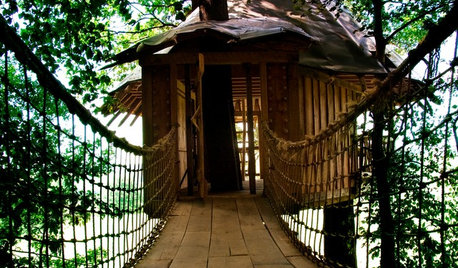
OUTBUILDINGS12 Fun Backyard Forts Grown-Ups Can Love, Too
Kids might use them for secret meetings, but the word is out on these tree houses and playhouses that consider adult design tastes
Full Story
WALL TREATMENTSCan't Find the Right Wallpaper? Make Your Own
For one-of-a-kind walls, just use your imagination. Custom wallpaper is easier and less expensive than you might expect
Full Story
TRANSITIONAL HOMESHouzz Tour: Part Traditional, Part Modern and All Family Friendly
With clean lines, vintage touches and durable surfaces everywhere, this Los Angeles home balances tastes and needs beautifully
Full Story
LIGHTING12 Fun Light Fixtures Made From Found Objects
Trash became treasure in these one-of-a-kind lights. See if they inspire your own DIY pendant project
Full Story
PETSWhat Chihuahuas Can Teach Us About Interior Design
Who knew these tiny dogs could be such a huge fount of design tips? Houzzers did
Full Story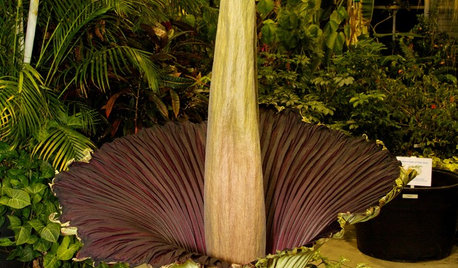
FUN HOUZZSmell This Shocking Flower at Your Own Risk
Don't say we didn't warn you: The foul scent of the rare and incredible corpse flower may knock your socks off
Full Story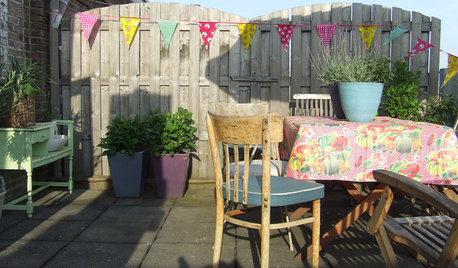

GARDENING AND LANDSCAPINGHow to Get an Outdoor Kitchen of Your Own
New project for a new year: Build a cooking space for your yard or patio to make entertaining a breeze
Full Story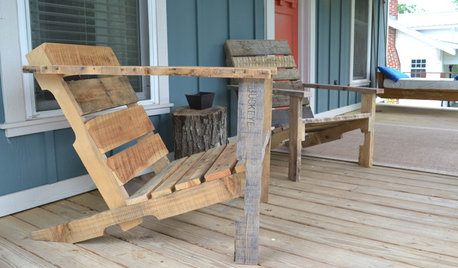
WOODWORKINGBuild Your Own Wooden Deck Chair From a Pallet — for $10!
Take the ecofriendly high road with a low-cost outdoor chair you make yourself
Full Story
LIFETime Travel to Houzzers' Childhood Homes, Part 1
Peek into home design's past and share the memories of Houzz community members with these personal photos and stories
Full StoryMore Discussions







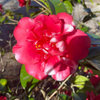
jackier_gardener
zen_manOriginal Author
Related Professionals
Jennings Landscape Architects & Landscape Designers · Springfield Landscape Contractors · Burien Landscape Contractors · Merced Landscape Contractors · North Richland Hills Landscape Contractors · Placerville Landscape Contractors · Rancho Santa Margarita Landscape Contractors · Sammamish Landscape Contractors · Selden Landscape Contractors · Chicago Driveway Installation & Maintenance · Beavercreek Decks, Patios & Outdoor Enclosures · Cincinnati Decks, Patios & Outdoor Enclosures · Dayton Decks, Patios & Outdoor Enclosures · Fresno Decks, Patios & Outdoor Enclosures · Methuen Decks, Patios & Outdoor Enclosuresholtzclaw
jackier_gardener
zen_manOriginal Author
jackier_gardener
zen_manOriginal Author
jackier_gardener
brockthegreek
davemichigan
DYH
zen_manOriginal Author
holtzclaw
zen_manOriginal Author
jackier_gardener
holtzclaw
jackier_gardener
zen_manOriginal Author
holtzclaw
holtzclaw
zen_manOriginal Author
jackier_gardener
holtzclaw
jackier_gardener
zen_manOriginal Author
zen_manOriginal Author
kelli08
jackier_gardener
zen_manOriginal Author
holtzclaw
jackier_gardener
zen_manOriginal Author
zen_manOriginal Author
kelli08
jackier_gardener
jackier_gardener
holtzclaw
zen_manOriginal Author
jackier_gardener
castorp
zen_manOriginal Author
castorp
zen_manOriginal Author
castorp